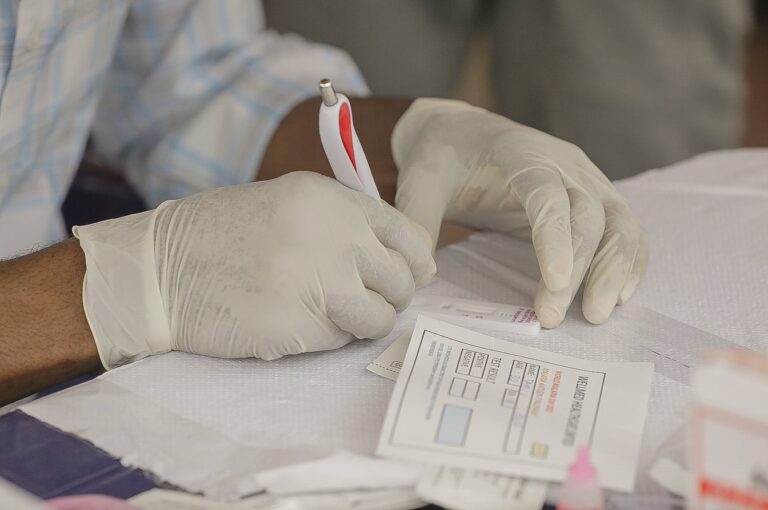
A landmark of Benin’s press and urban culture has vanished. On Monday, August 11, the legendary newspaper kiosk located near the CNHU morgue was dismantled as part of an operation to free up public spaces in Cotonou.
The announcement, shared on Facebook by journalist Sêmèvo Bonaventure Agbon, sparked a wave of nostalgia and bewilderment among residents and media professionals alike. Officials confirmed the dismantling is linked to planned repair work on the area.
For decades, the kiosk served as a meeting point for a wide cross-section of the city: motorcycle taxi drivers, administrative staff, journalists, and curious passersby.
People would stop to purchase the day’s newspapers, debate headlines, or simply leaf through the front pages. Today, only a handful of unsold copies remain, silent witnesses to a bygone era.
“For more than ten years, this is the first time I have seen this place in such a state: empty, but full of memories, of atmosphere.
It is impossible not to think of the Zémidjan and the citizens who fought over the headlines of the day, commented on the front pages in the heat of the moment, or just stopped to read a few lines,” Sêmèvo Bonaventure Agbon wrote on Facebook.
The kiosk also held professional significance for Benin’s media community. Dônklam Abalo, director of Eden TV and Diaspora FM, reflected on its role in his career.
“For years, when I was Director of Soleil FM, I did the Press Review live from this place: the newsstand of the CNHU morgue. Today, everything has been razed. History will tell…” he wrote on social media.
The dismantling of the kiosk marks not only the physical removal of a city landmark but also a symbolic end to a chapter of Cotonou’s media and cultural history. While urban development and public space renovation are necessary, residents and journalists alike remember the kiosk as more than just a point of sale—it was a vibrant hub of civic conversation and daily life.
As Cotonou evolves, the memory of the CNHU kiosk remains a reminder of the city’s enduring relationship with the press and the rhythms of everyday urban life.



